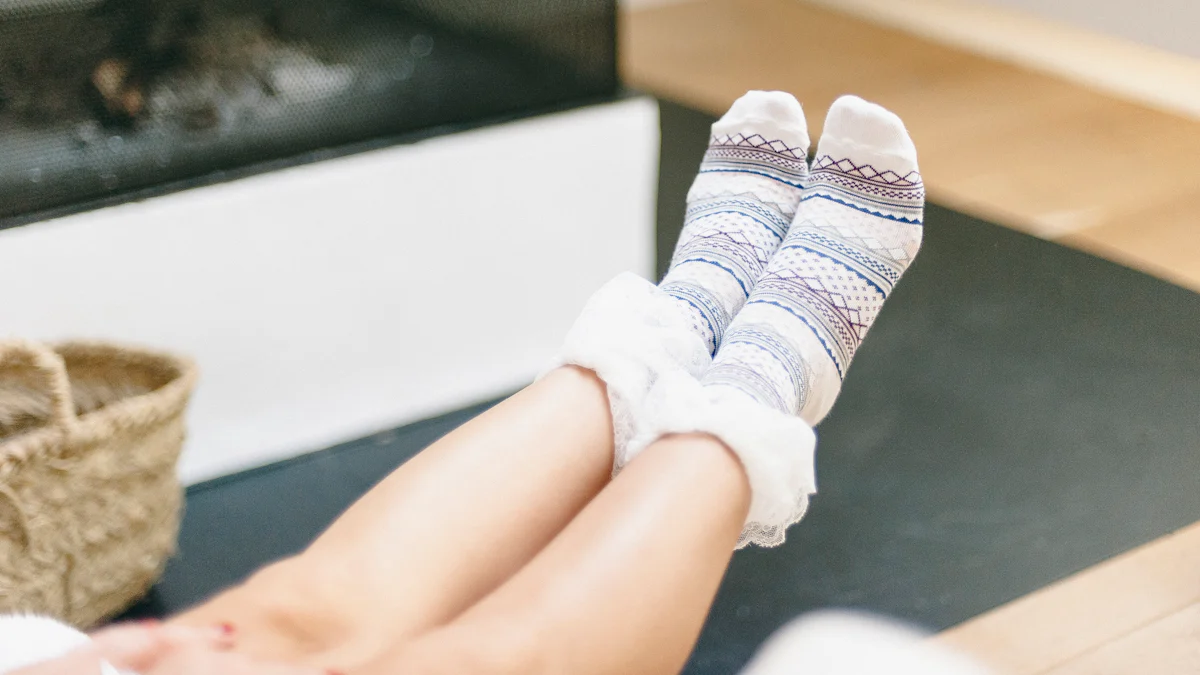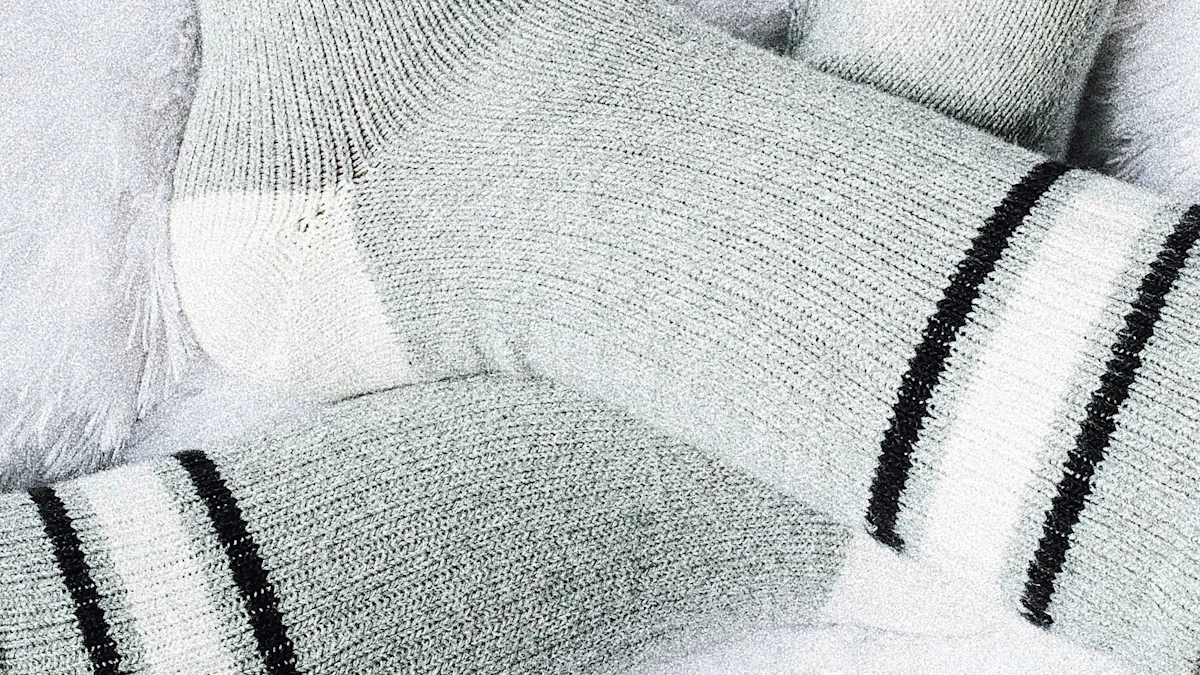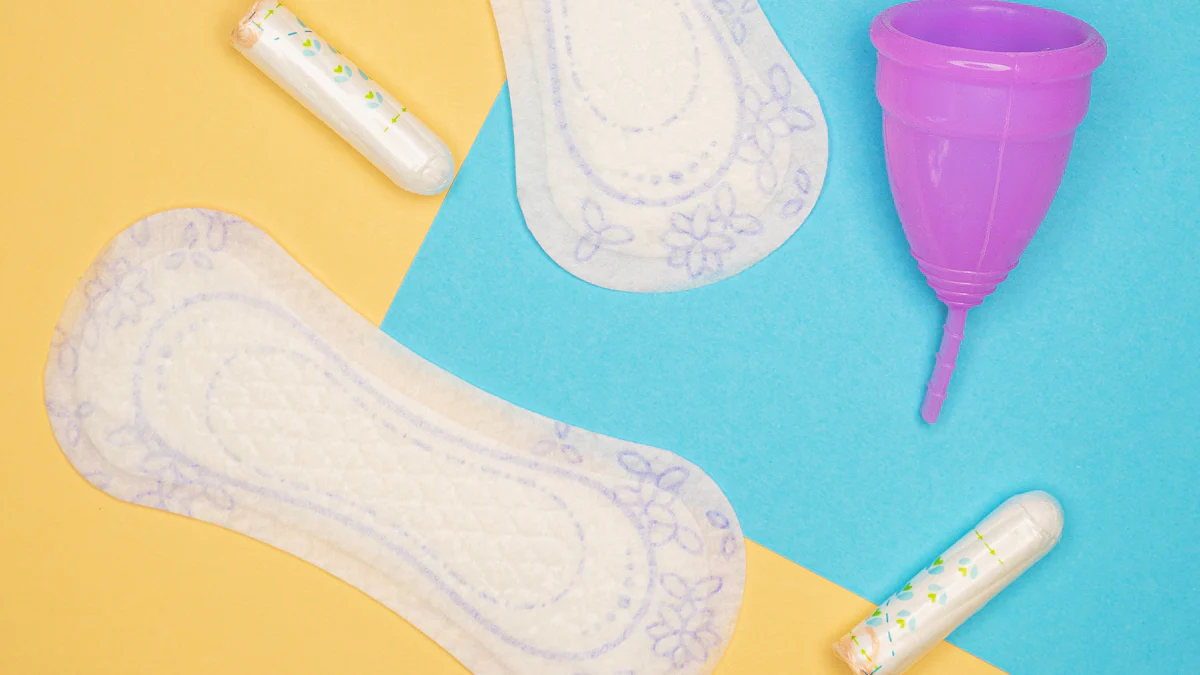
Choosing the right liner socks holds significant importance for foot health and comfort. Liner socks offer several benefits, including moisture management and blister prevention. These socks act as a barrier, reducing friction and wicking away sweat. This guide will provide detailed information to help make an informed decision.
Understanding Liner Socks

What Are Liner Socks?
Definition and Purpose
Liner socks serve as a thin layer worn under primary socks. These socks act as a barrier to reduce friction between the foot and the outer sock. This helps prevent blisters and hot spots. Liner socks also wick moisture away from the skin, keeping feet dry and comfortable.
Common Materials Used
Liner socks come in various materials. Common options include polyester, silk, and lightweight wool. Polyester provides excellent moisture-wicking properties. Silk offers a smooth texture and natural temperature regulation. Lightweight wool, such as Merino wool, excels in both moisture management and odor resistance.
Benefits of Using Liner Socks
Moisture Management
Liner socks excel at managing moisture. They wick sweat away from the skin, keeping feet dry. Dry feet reduce the risk of blisters and fungal infections. Materials like polyester and Merino wool enhance this moisture-wicking capability.
Blister Prevention
Liner socks play a crucial role in blister prevention. By reducing friction between the foot and the outer sock, they minimize the chances of developing blisters. The additional layer acts as a protective barrier, especially during long hikes or runs.
Temperature Regulation
Liner socks help regulate foot temperature. Wool materials, such as Merino wool, provide natural insulation. This keeps feet warm in cold conditions and cool in hot weather. Proper temperature regulation enhances overall comfort during various activities.
Factors to Consider When Choosing Liner Socks
Material
Synthetic vs. Natural Fibers
Choosing the right material for liner socks is crucial. Synthetic fibers like polyester and nylon excel at wicking moisture. These materials dry quickly and keep feet dry. Natural fibers such as wool and cotton offer different benefits. Wool, especially Merino wool, controls odor effectively. Cotton, while breathable, does not wick moisture well. Blends of synthetic and natural fibers combine the best properties of both.
Breathability and Moisture-Wicking Properties
Breathability and moisture-wicking properties are essential for comfort. Polyester and nylon provide excellent breathability. These materials allow air to circulate, keeping feet cool. Merino wool also offers good breathability along with natural temperature regulation. Effective moisture-wicking materials like CoolMax and DryMax keep feet dry by transporting sweat away from the skin.
Fit and Comfort
Sizing Guide
Proper sizing ensures comfort and effectiveness. Liner socks should fit snugly without being too tight. A well-fitted sock prevents bunching and slipping. Most brands offer sizing charts to help find the right fit. Always refer to these charts before purchasing.
Seamless Construction
Seamless construction enhances comfort by reducing friction points. Socks with seamless toes prevent irritation and blisters. Look for liner socks designed with minimal seams. This feature is particularly beneficial for long hikes or runs.
Activity Type
Hiking and Outdoor Activities
For hiking and outdoor activities, durability and moisture management are key. Merino wool and synthetic blends work well in these conditions. These materials provide insulation and wick moisture effectively. Liner socks for hiking should also offer some cushioning for added comfort.
Running and Sports
Running and sports require liner socks that manage sweat and reduce friction. Polyester and nylon are ideal for these activities. These materials dry quickly and keep feet cool. Look for socks with added arch support and seamless construction for optimal performance.
Everyday Use
For everyday use, comfort and breathability are important. Cotton blends offer a soft feel but lack moisture-wicking properties. Polyester and Merino wool provide better moisture management. Choose liner socks based on daily activities and personal comfort preferences.
Special Features to Look For

Anti-Odor Technology
Benefits of Anti-Odor Features
Anti-odor technology in liner socks provides significant advantages. Socks with antibacterial properties prevent the growth of odor-causing bacteria. For example, the Balega Silver No-Show Socks use silver ions to keep feet fresh. Zinc oxide also offers strong antibacterial properties. This helps socks stay odor-free for extended periods. Merino wool naturally resists bad odors. This makes it ideal for multi-day hiking trips. Ox Sox use antibacterial fibers to deliver an odorless experience.
Cushioning and Padding
When Extra Cushioning is Beneficial
Extra cushioning in liner socks can enhance comfort. Cushioning provides additional support during high-impact activities. Running and sports benefit from this feature. Extra padding reduces foot fatigue and absorbs shock. Hiking also requires cushioned liner socks. This helps protect feet on rough terrains. Everyday use can also benefit from added cushioning. This ensures all-day comfort for prolonged wear.
Durability
Longevity of Different Materials
Durability is a key factor in choosing liner socks. Different materials offer varying levels of longevity. Polyester and nylon provide excellent durability. These synthetic fibers resist wear and tear. Merino wool also offers good durability. This natural fiber maintains its shape and performance over time. Blended materials combine the strengths of both synthetic and natural fibers. This results in long-lasting and reliable liner socks.
Top Recommendations
Best Liner Socks for Hiking
Product A
Injinji Liner Crew Wool Socks offer excellent performance for high-impact hiking or multi-day backpacking adventures. These socks use Merino wool, which excels in moisture-wicking, temperature regulation, and odor prevention. Experienced hikers often wear these under thicker hiking socks to prevent blisters and enhance comfort.
Key Features:
- Made with Merino wool
- Moisture-wicking and temperature regulation
- Odor prevention
- Ideal for high-impact hiking and multi-day backpacking
Product B
Liner Socks provide a reliable option for enhancing the hiking experience. These socks pair well with wool socks to reduce friction and prevent blisters. Hikers appreciate the comfort and blister-free experience these socks offer.
Key Features:
- Pairs well with wool socks
- Reduces friction
- Prevents blisters
- Enhances hiking comfort
Best Liner Socks for Running
Product C
Injinji Liner Crew Socks suit everyday activities like running or low-impact hiking. These socks use recycled COOLMAX EcoMade fibers, which excel in moisture-wicking and blister prevention. Runners enjoy the comfort and dryness these socks provide during various activities.
Key Features:
- Made with recycled COOLMAX EcoMade fibers
- Moisture-wicking
- Blister prevention
- Suitable for running and low-impact hiking
Product D
Injinji Toe Socks stand out for their ability to prevent blisters between toes during long-distance runs. These socks, particularly the wool liners, are trusted by long-distance runners and professional athletes. The design ensures comfort and blister prevention, making them a top choice for serious runners.
Key Features:
- Prevents blisters between toes
- Trusted by long-distance runners
- Wool liners for added comfort
- Ideal for long-distance running
Best Liner Socks for Everyday Use
Product E
Injinji Liner Crew Socks also make an excellent choice for everyday use. The recycled COOLMAX EcoMade fibers provide moisture-wicking properties, ensuring feet stay dry and comfortable throughout the day. These socks offer versatility for various daily activities.
Key Features:
- Made with recycled COOLMAX EcoMade fibers
- Moisture-wicking
- Comfortable for all-day wear
- Versatile for various activities
Product F
Liner Socks offer a simple yet effective solution for everyday comfort. These socks reduce friction and prevent blisters, making them suitable for daily wear. Users appreciate the comfort and reliability these socks provide.
Key Features:
- Reduces friction
- Prevents blisters
- Comfortable for daily wear
- Reliable and effective
Choosing the right liner socks involves several key considerations:
- Material: Synthetic fibers like polyester and natural fibers like Merino wool offer excellent moisture-wicking properties.
- Fit and Comfort: Proper sizing and seamless construction enhance comfort and prevent blisters.
- Activity Type: Different activities require specific features, such as cushioning for hiking or breathability for running.
Personal needs and preferences should guide the final decision. Liner socks can significantly impact foot health and comfort. Selecting the right pair ensures a more enjoyable and blister-free experience.

